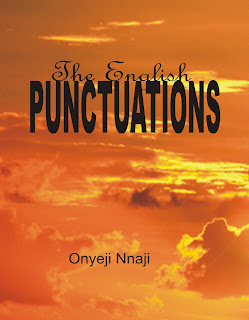ON THE TYPES OF CONJUNCTION - Onyeji Nnaji

A conjunction is a part of speech that joins words, phrases and clauses together. Beyond the function of uniting words, phrases and clauses together, conjunctions can as well join paragraphs together. Examples of the roles of conjunctions are seen in the sentences below: Uduak and Akpan are friends. Andrew is fair in complexion while his son is dark. Chike as well as the other boys have all left for the river. Grammatically, the definition is correct, considering the sentences above. Without the help of conjunctions, the above sentences would be realised in fragments. From this role which is invariably unique from other parts of speech, we may define a conjunction as the invariable grammatical particle that conjuncts lexical properties and other materials relevant for language analysis. Conjunctions unify or create unity among lexical properties, particularly nouns and pronouns. (9.1) TYPES OF CONJUNCTIONS: ...
